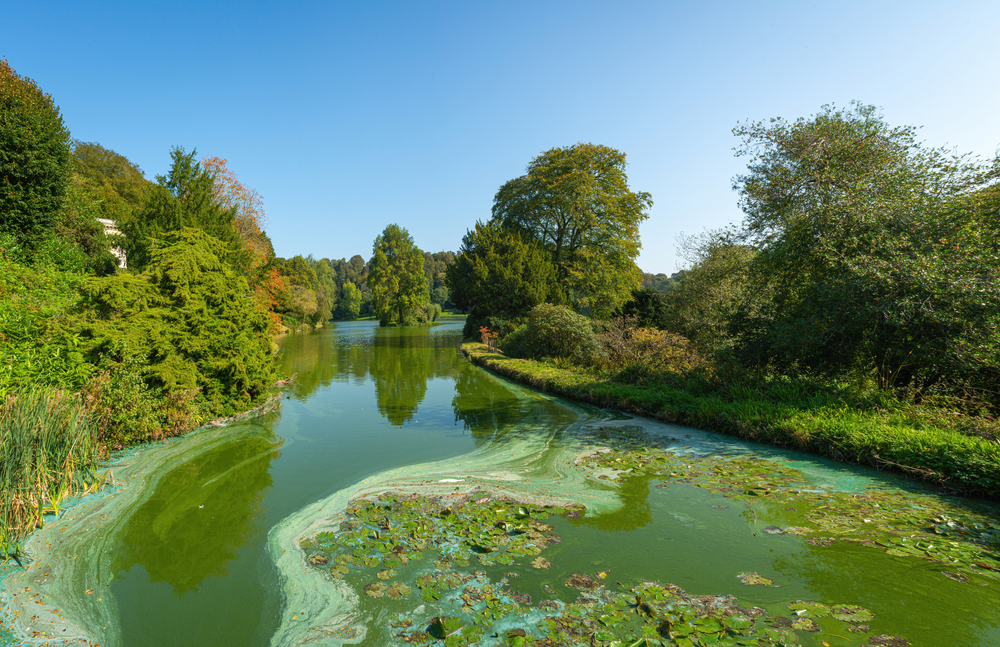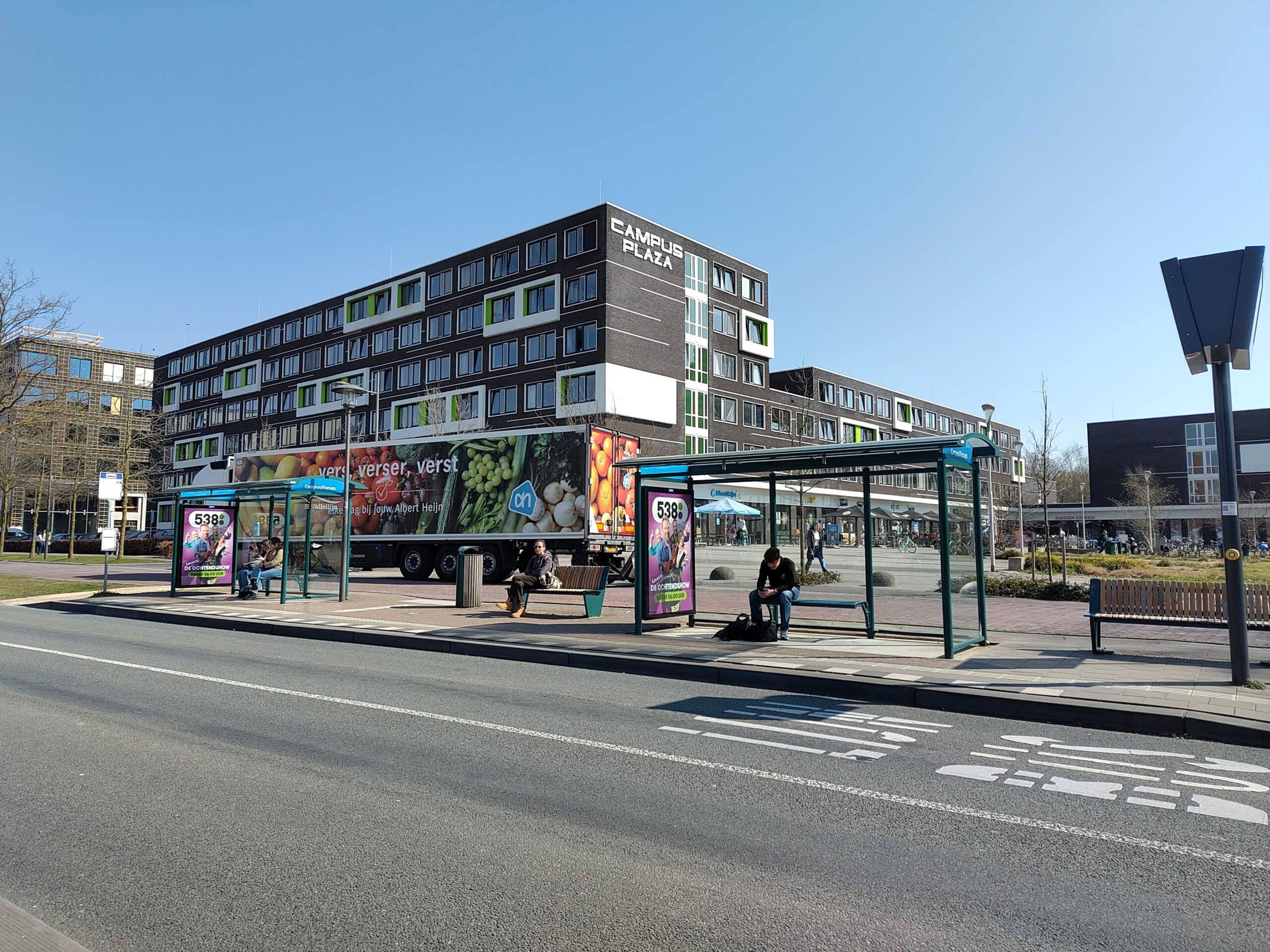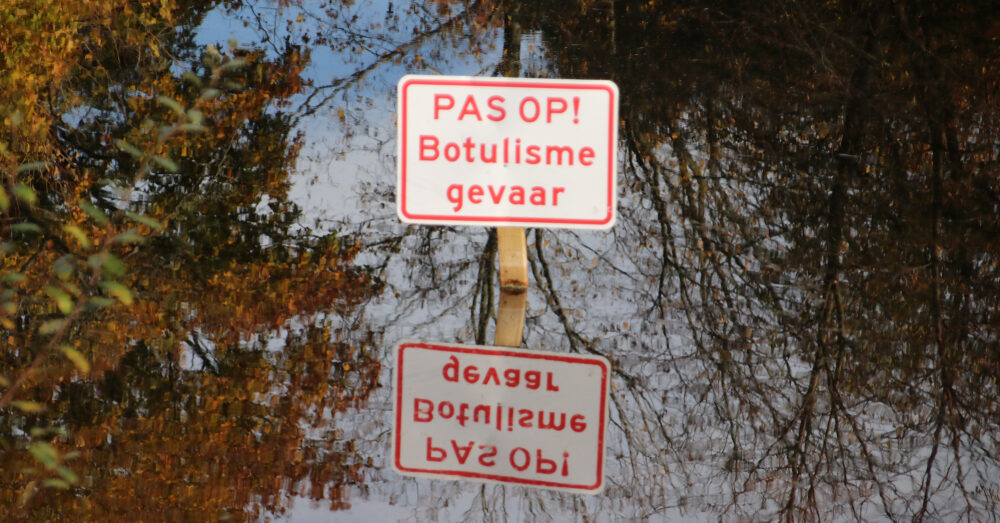With tropical temperatures approaching again, a dip in cool water can be tempting. But the hot weather also increases the chances of encountering blue-green algae in surface water. What are the risks and what can be done about them? In conversation with Miquel Lurling, associate professor at Aquatic Ecology and Water Quality Management.
Lurling does research on how the nuisance caused by blue-green algae can be prevented. He documents where the nutrients come from that the algae feed on. ‘The surrounding landscape and what goes on there has a big impact on the nutrient richness in the water’. Examples are water consumption, land use and pollution. Every stretch of water requires different measures. ‘It calls for tailormade measures from water managers and government bodies to reduce nutrients and prevent blue-green algae growth.’
Nitrogen
Blue-green algae are a symptom of nutrient-rich water, Lurling argues. ‘Blue-green algae are microorganisms in the water that need mainly nitrogen and phosphate as nutrients. We have suffered from over-fertilization for many decades. Nitrogen and phosphates accumulate in the soil and leach into ground and surface water. Nitrogen deposition is only part of the problem, because of the 310 million kilos of nitrogen lost from agriculture annually, 90 million goes into the air; the rest – 220 million – goes straight into the ground and that’s how it reaches the water.’
There are still enough places where you can swim safely
Miquel Lurling, associate professor of Aquatic Ecology and Water Quality Management
In hot weather, we are more at risk from blue-green algae, Lurling explains. It is not just that we are more likely to try and cool down in the water, running a greater risk of coming into contact with blue-green algae. It is also that blue-green algae grow faster in hotter weather, ‘all the more so because heat accelerates the breakdown of organic material on the bed of a lake or river, so more nutrients are released into the water.’
The Rivierenland Water Board has issued a blue-green algae warning for the Maas River and the Maasplassen lakes. The slower the flow, the more opportunity blue green algae get to accumulate. Lurling: ‘You can recognize blue-green algae as green flakes in the water, or green paint-like layers on the water, often with blue spots in them.’
Liver damage
It is best to avoid water where there are blue-green algae, says Lurling. He regularly measures the water quality at swimming locations these days. ‘In the Netherlands we have 739 official swimming locations, all of which get checked. Three days ago, there were 77 with blue-green algae. So there are still enough locations where you can swim safely. You can check which locations these are on www.zwemwater.nl (those with a green dot are safe).
In general, blue-green algae produce solid toxins.
Blue-green algae have an outside layer which can cause skin irritation. Whether blue-green algae make you ill depends a lot on which toxins they make. In general, they make ‘solid toxins’, says Lurling. ‘If you do fall ill, always see your GP. Some blue-green algae make nerve toxins, and you notice that straightaway: you get symptoms of paralysis, dizziness or headaches. You can also get a headache from the most common toxin, microcystin, but that doesn’t make you sick immediately: it causes liver damage, which you only notice a few years later.’

 Blue green algae are often recognisable as a green paint-like layer on the water surface. Photo Shutterstock.
Blue green algae are often recognisable as a green paint-like layer on the water surface. Photo Shutterstock. 

